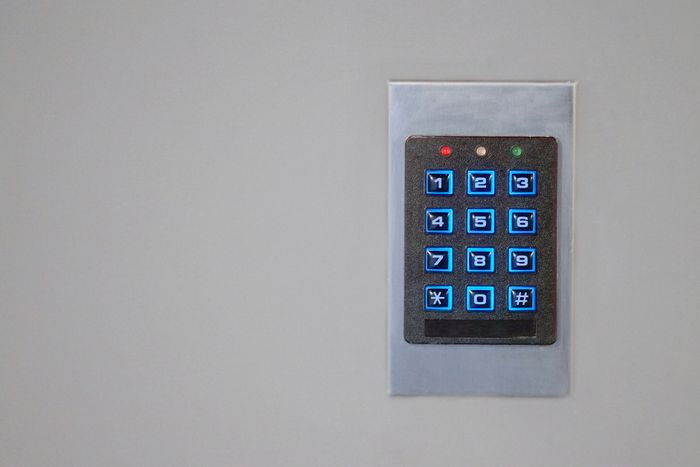
- July 18, 2020
- |Los Angeles, security guard company, security guard services
- | 0
Access control helps organizations to regulate their security needs. Different organizations come with their unique access control types to minimize risks and enable operations to run smoothly.
Types
• Discretionary Access Control (DAC)
Most operating systems use this protocol, and it is based on a familiar access control model. The owner or admin has total control and determines who has access to it, and this access can be modified at any time.
• Mandatory Access Control (MAC)
Here, an operation is limited based on the security clearance level by the system owner. For instance, a file might be labeled as confidential, secret, or top secret. Some restrictive features of MAC is that even the admin cannot overturn the program laid out by the system. Users have no control of access points; rather, they are classified according to the permissions that they get. This benefits firms in need of maximum security.
• Role-Based Access Control (RBAC)
In this protocol, access is granted based on the role you occupy in an organization. Thus, anyone who assumes that position automatically gains access for that role. For instance, a manager, director, and team member might have different access controls within the same firm. It is simple to set up, but a con is that the restrictions might not be easily altered.
• Rule-Based Access Control
System enforced rules determine the level of access under this group. Therefore, the admin can limit access to a certain period, location, and even device. The permissions are based on the number of previous attempts and actions. Rule-Based Access Control helps to enforce accountability and is also great for multi-door access controls.
Choose The Right Security Firm
Choosing the right security firm means that your company is protected from all forms of attacks. XpressGuards can turn your dreams into reality. We have everything it takes to protect you. Contact us now!


